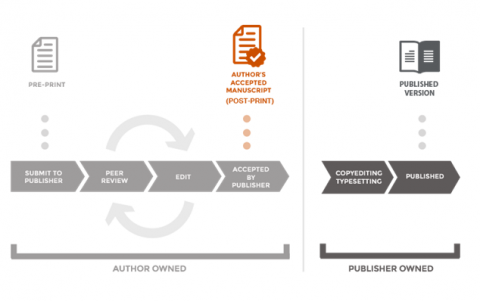When selecting a journal to promote your research, it is important to compare journals’ characteristics and specificities concerning several criteria :
-
the issues treated
-
the language of publication: does it target a national or international readership?
-
the reader profile: the academic community in the broad meaning of the term, or specific to your field, the general public, decision-makers, etc.
-
the type of articles published: works of popularisation, research, overviews
-
the (good) reputation: publishing in a well-reputed review provides a way of winning peer recognition. It is thus very important to consider the composition of its editorial board.
-
the journal’s economic model: a classic (subscription) model, open access, hybrid, diamond access.
-
the lead-times announced for publication and the content of any publishing contracts proposed: an increasing number of “predatory” publishers abuse the "author publication charge" system.

Certain journals and publishing houses abuse the “Gold Open Access” system by making authors pay unjustified APCs. These are “predatory” journals/publishers. They do not work to disseminate and share science, all that matters is their bottom line, and they are unconcerned by the quality of scientific content. Publishing in a predatory journal may thus damage a researcher’s reputation.
There are ever more predatory journals/publishers, but some clues can help you identify them :
-
the journal/publisher badgers the researcher
-
the journal is not listed in WOS or SCOPUS despite claims to the contrary
-
the journal has an identical name to an old journal or a name which does not coincide with its geographical area
-
the researcher has difficulty finding who sits on its editorial board, or notes that the board is exactly the same as that of other journals
-
the peer-review process is not clearly specified, or the deadlines announced for review seem very brief
-
it is hard to find any information on the web about their APC costs